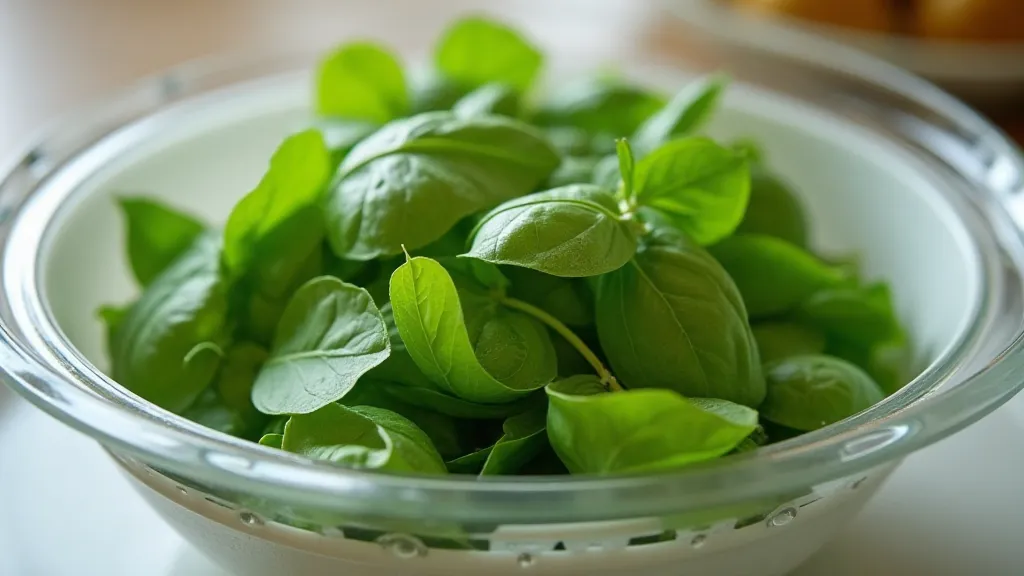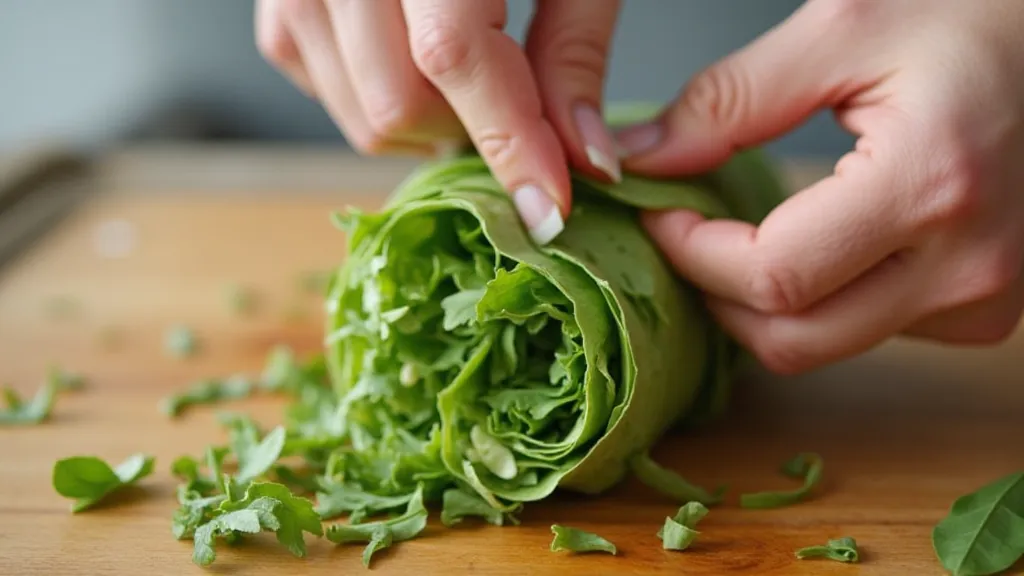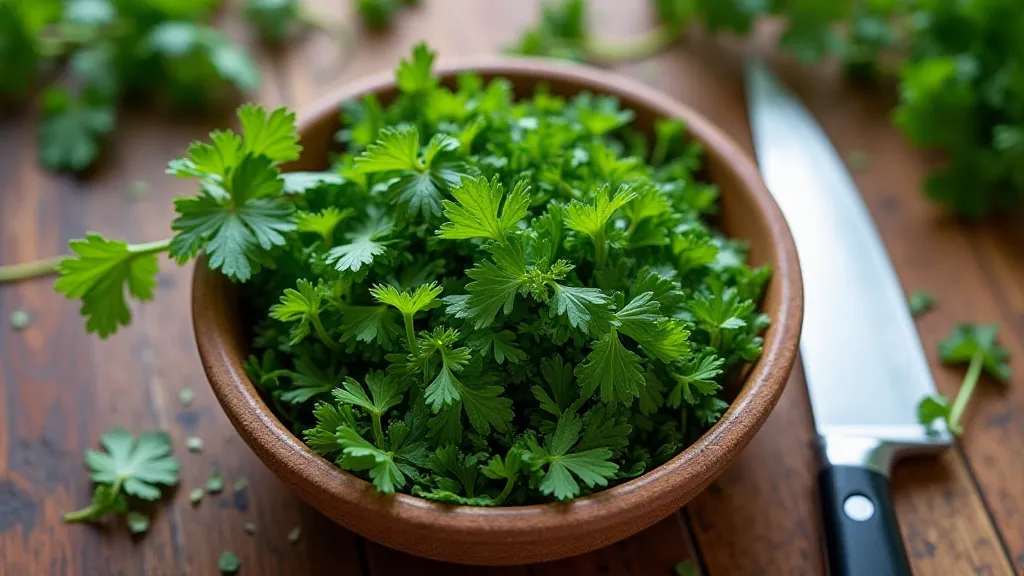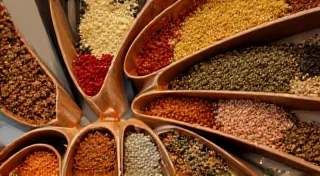From Parsley to Cilantro: A Guide to Essential Herb Chopping Techniques
Herbs are the unsung heroes of countless dishes, adding vibrant color, aromatic complexity, and a burst of fresh flavor. But improperly chopped herbs can be a frustrating experience – leading to messy countertops, bruised leaves, and the release of bitter compounds. Mastering herb chopping techniques is a fundamental aspect of knife skills and essential for anyone interested in culinary arts. This guide will explore various methods, ensuring your herbs shine in every recipe and your dishes are truly exceptional.
Why Proper Herb Chopping Matters
Beyond aesthetics, the way you chop herbs affects their flavor and longevity. Bruising the leaves releases essential oils, which can impart a bitter taste. Additionally, uneven chopping can result in some pieces being overly bitter while others are almost flavorless. The goal is a uniform chop that maximizes flavor and preserves freshness.
Essential Tools & Preparation
- Sharp Knife: This is paramount. A dull knife crushes herbs instead of cleanly slicing them. Invest in a good chef's knife and keep it honed.
- Cutting Board: A stable cutting surface is crucial for safety and efficiency.
- Clean Herbs: Gently wash and thoroughly dry your herbs before chopping. Excess moisture makes them slippery and harder to handle. A salad spinner is incredibly helpful for this.

Chopping Techniques: A Step-by-Step Guide
1. The Rough Chop
This is the simplest and most versatile method, perfect for heartier herbs like rosemary, thyme, and oregano.
- Gather the herbs into a loose pile.
- Using a rocking motion with your knife, slice through the stems and leaves, keeping your fingertips tucked under.
- Continue until the herbs are chopped to the desired size – usually about 1/4 inch.
2. The Fine Chop
Ideal for incorporating herbs into sauces, pastes, or finely flavored dishes, such as pesto.
- Stack the herbs neatly.
- Begin with a coarse chop, as outlined in the Rough Chop technique.
- Then, gather the chopped herbs and continue chopping in the same manner, working the pile with your knife until the pieces are uniformly fine.
3. The Chiffonade (Ribbon Cut)
This elegant technique is best for broad-leafed herbs like basil, mint, and shiso. The chiffonade creates attractive, ribbon-like strips.
- Stack several leaves on top of each other.
- Roll the leaves tightly into a cylinder.
- Using a sharp knife, slice the cylinder thinly, creating long, delicate ribbons.

4. The Julienne
While not always necessary, a julienne cut can be used for long herbs like lemon verbena or sage. This involves cutting the leaves into thin, matchstick-like strips.
- Stack the leaves.
- Slice them lengthwise into thin strips.
- Stack the strips again and cut crosswise to create the julienne.
Tips for Success
- Keep Your Fingers Tucked: This is crucial for safety. Use the knuckles of your non-dominant hand as a guide for the knife.
- Don’t Overwork the Herbs: Once the herbs are chopped, stop! Excessive chopping can bruise them further.
- Add Late: Add chopped herbs towards the end of the cooking process to preserve their flavor and color. Heat diminishes their delicate aromas.
- Practice Makes Perfect: Like any cooking technique, mastering herb chopping requires practice. Don’t be discouraged if your first attempts aren't perfect.

By mastering these knife skills, you’re not just chopping herbs; you’re elevating your cooking and unlocking a world of flavor. Happy cooking!





